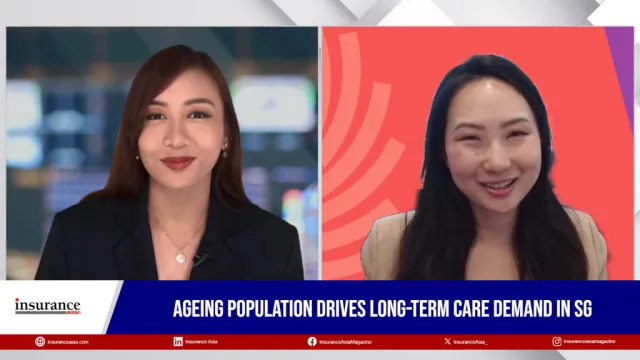How insurers can harness AI for enhanced risk assessment
Generative AI augments decision-making and hyper-personalization.
Generative AI is beginning to reshape how insurers in the Asia-Pacific region assess risk, with its potential to significantly enhance decision-making processes. However, the industry is still in its nascent stages of adoption, with many insurers experimenting with initial proof of concepts (POCs).
According to Paul Ricard, Asia Pacific Head of Insurance and Asset Management at Oliver Wyman, generative AI provides new opportunities for insurers to leverage vast arrays of information to improve risk assessment and customer personalization, though the full impact is yet to be realised.
"When it comes to assessing risk, generative AI can be very powerful for augmenting decision making," Ricard explained. He noted that generative AI enables underwriters and other professionals involved in risk assessment to access extensive unstructured data.
"Inside insurance companies, what that means is underwriters can use generative AI to not only access their own prior accounts and claims previously handled, but can access years, if not decades, of prior experience as well," Ricard added.
This advanced capability not only offers an immediate feedback loop for underwriters, reducing the need for lengthy analyses or additional team consultations, but also shortens customer engagement timeframes. Despite these advantages, Ricard cautioned that the adoption of generative AI in risk assessment is still at an early stage in the Asia-Pacific region.
In addition to risk assessment, generative AI is also enhancing customer personalisation within the insurance sector. Ricard describes this application as "hyper personalisation," where generative AI helps insurers derive better customer insights, refine customer segmentation, and enable more targeted engagement strategies.
"Insurance agents, instead of having access to five or six personas that they would use to better understand their customer needs or preferences…can now, using generative AI, access dozens, if not hundreds, of potential personas," Ricard explained.
However, Ricard emphasised that these AI-driven personalization tools are still largely employee-facing rather than customer-facing. "These solutions still very much require a human in the loop to understand what makes sense, what doesn't, to apply their own expertise," Ricard noted. Furthermore, Ricard highlights the importance of setting up proper governance frameworks and guardrails to guide employees in using these new tools effectively and ethically.



















 Advertise
Advertise








Commentary
AI isn’t replacing insurance, it’s finally making it work